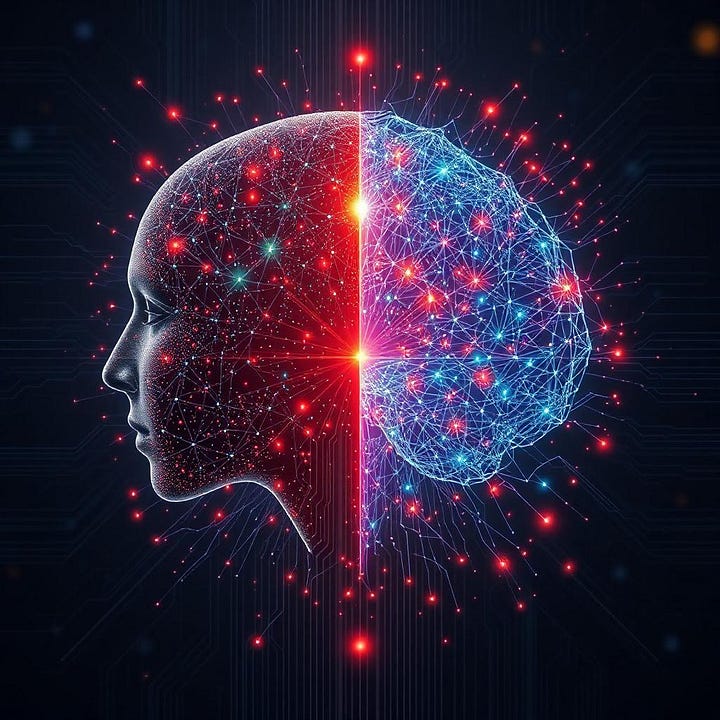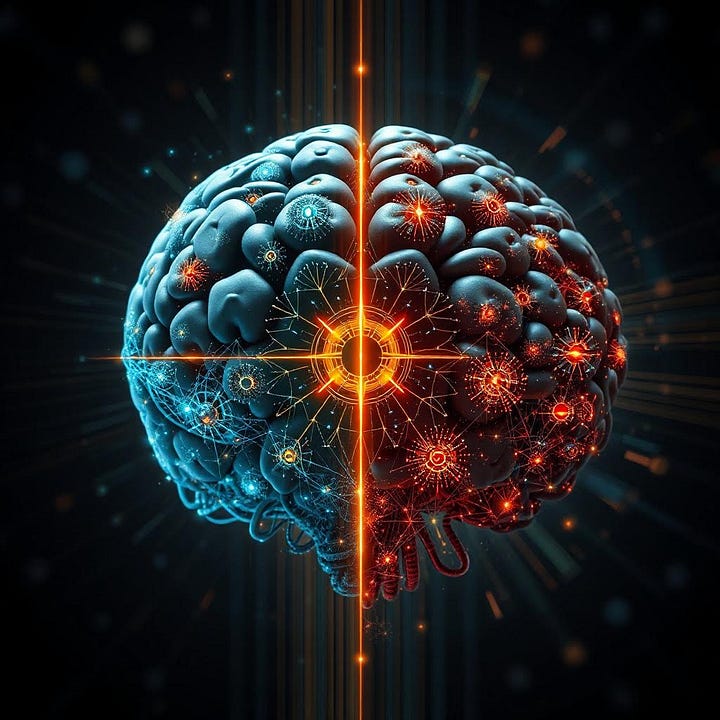Not All AI Is the Same
Why Understanding the Differences Between Systems Matters Now More Than Ever
We throw the word AI around a lot these days, and that’s fine, until we start assuming it all works the same way. It doesn’t. Not even close. And in this moment, when decisions are being made about how we write, teach, govern, and even remember, understanding the core systems behind AI isn’t just useful, it’s necessary.
So let’s break it down. There are four foundational types of AI systems you need to understand: Generative AI (like the LLMs everyone’s talking about), logic-based systems, evolutionary systems, and sparse distributed memory models. Each of these is built on a different philosophy of how intelligence works. They serve different purposes. And more importantly, they fail in different ways.
We’ll start with the most visible: Generative AI and Large Language Models (LLMs). These are the engines behind ChatGPT, Claude, Gemini, all the tools that are reshaping writing, research, even how we think. But here’s the truth: most LLMs don’t understand what they’re saying. They’re not reasoning. They’re not fact-checking. They’re predicting. Trained on massive datasets of human language, LLMs operate by calculating the statistical likelihood of the next word, or token, based on the ones that came before it. That’s it. What makes them feel intelligent is scale, structure, and the staggering amount of human data they’ve absorbed. Most are mimics high-functioning pattern machines. When used well, they’re incredible tools for drafting, translating, brainstorming. But they don’t know truth. They can’t verify or think independently yet. They can reflect our knowledge back to us, but they don’t yet hold any of their own.
Then there’s logic-based AI, sometimes called symbolic AI. This is the old-school stuff. Expert systems. Rule trees. If-this-then-that engines. These systems aren’t guessing. They’re following explicit rules. You tell them the logic, and they follow it perfectly. These are still used today in medical diagnostics, compliance automation, and industrial settings where precision matters more than flexibility. Their strength is transparency. You can trace every decision back to a rule. But they’re brittle. Change the environment, introduce ambiguity or contradiction, and they can’t adapt. There’s no learning, only execution. Still though, for high-stakes, clearly defined tasks, they remain indispensable.
Evolutionary AI works differently. It doesn’t follow rules. It evolves them. Systems like genetic algorithms, evolutionary strategies operate more like nature does. You start with a population of possible solutions, throw them into a challenge, and let the best ones survive, combine, and mutate. Over time, through generations, better and better solutions emerge. This approach is powerful when you don’t know what the best answer looks like, or when creativity and adaptation matter more than precision. It’s used in robotics, game design, architecture, even drug discovery. The trade-off? It’s slow, messy, and unpredictable. But when you want something truly new, something outside the box, this is where you look.
And finally, Sparse Distributed Memory (SDM). This one doesn’t get enough attention, but it probably should. Inspired by how the brain stores information, SDM isn’t about storing exact answers in exact places. It’s about patterns, proximity, and recall through association. You don’t retrieve data by address. You retrieve it by resemblance. It’s fuzzy, robust, and fast. When you forget someone’s name but remember how they made you feel, that’s the kind of retrieval SDM mimics. Developed from ideas in cognitive science, SDM systems store information across overlapping locations in high-dimensional space. They’re especially useful in real-time environments, like sensory processing for robots or associative memory tasks. And as we look toward building AI that can remember like us, SDM may become one of the key ingredients
.
Why does this all matter? Because we’re living in a time when AI isn’t just something we use; it’s something we increasingly trust, even outsource thinking to. And if we don’t know what kind of system we’re trusting, what it can do, what it can’t do, and how it gets to its answers, we’re setting ourselves up for failure. Not every task calls for generative AI. Not every problem should be solved with logic. Some systems need to learn and adapt. Some need to remember like a mind, not a database. And the best solutions in the future may not come from one model, but from thoughtful combinations of all of them.
We’ve spent a lot of time marveling at what AI can do. Now we need to get serious about how it works. Because not all intelligence is generative. And not all answers should be.








